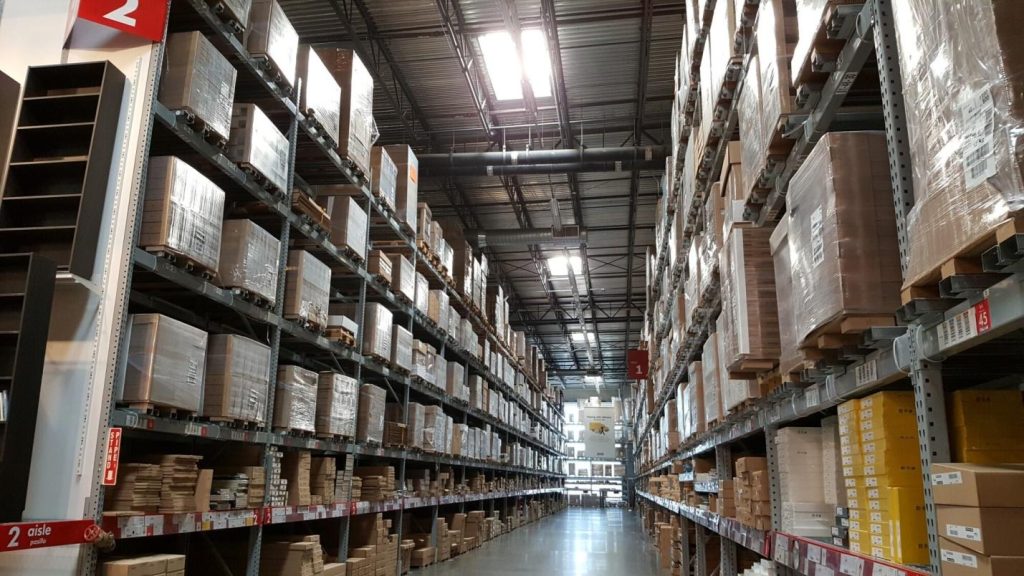
When it comes to warehouse software, 67% of companies depend on a warehouse management system (WMS). Only 33% rely on supply chain management and planning platforms instead.
If you want to ensure that warehouse operations are as efficient and streamlined as possible, a WMS system can help. A WMS can provide great visibility over your warehouse operations and can help your business deliver orders on time.
In this guide, we’ll tell you everything you need to know about warehouse management systems.
What Is a WMS?
A warehouse management system (WMS) is a type of software that businesses use to get a full view of inventory fulfillment operations.
By using the system, warehouse employees can monitor available inventory and manage deliveries. You’ll be able to monitor merchandise as it arrives at a warehouse, storage on the shelves, and when it’s shipped out for delivery.
A WMS can help to streamline operations by helping influence how warehouse employees pick and pack orders.
Who Needs WMS Software?
Particularly for a global or national supply chain operation, a WMS can be highly beneficial. A WMS is ideal for companies in manufacturing and retail industries since they’ll have a lot of materials and goods flowing in and out of a warehouse.
However, these days WMS software is being used by many types of businesses of all sizes. Any business that deals with materials and retail products can benefit from increased visibility and monitoring in a warehouse operation.
A WMS can be a big help in staying on top of everything that’s happening in the supply chain. It allows for the clear monitoring and management of products and orders in a warehouse and beyond.
WMS Software Types
There are different types of WMS options out there, so you should understand each of them. Here’s what you should know.
Cloud-Based Vs. On-Premises
WMS software is available as an in-the-cloud software but can also be kept on-premises as well. An on-premises WMS can give your business a lot of control but also comes with additional costs and responsibilities.
A cloud WMS will be easy to use and will require a subscription-based cost. However, you won’t need to worry about maintaining your system or managing uptime and cybersecurity yourself.
Integrated Vs. Standalone
You can also choose between using an integrated or standalone WMS. An integrated WMS will be added to an existing enterprise resource planning (ERP) system while a standalone system will be used on its own.
A standalone system is the ideal choice when all you need are warehouse management features and don’t need additional features for managing your business.
Be sure to see more about 3PL software if you want to learn more about how an integrated WMS can help improve your business operations.
OMS Vs. WMS
An order management system (OMS) is a type of software solution that’s often used by warehouses but it’s not the same as a WMS.
An OMS only helps with the monitoring of inventory in the supply chain on a more basic level. It doesn’t provide the extensive analytics and the more robust day-to-day features that a WMS provides.
Understanding the Benefits of a Warehouse Management System
If you want your warehouse to be efficient and competitive, you should use a powerful warehouse management system. A WMS can help your business monitor inventory and order fulfillment while optimizing the picking and packing process.
Need more warehousing tips? Find more warehouse guides by browsing our blog now.




Recent Comments